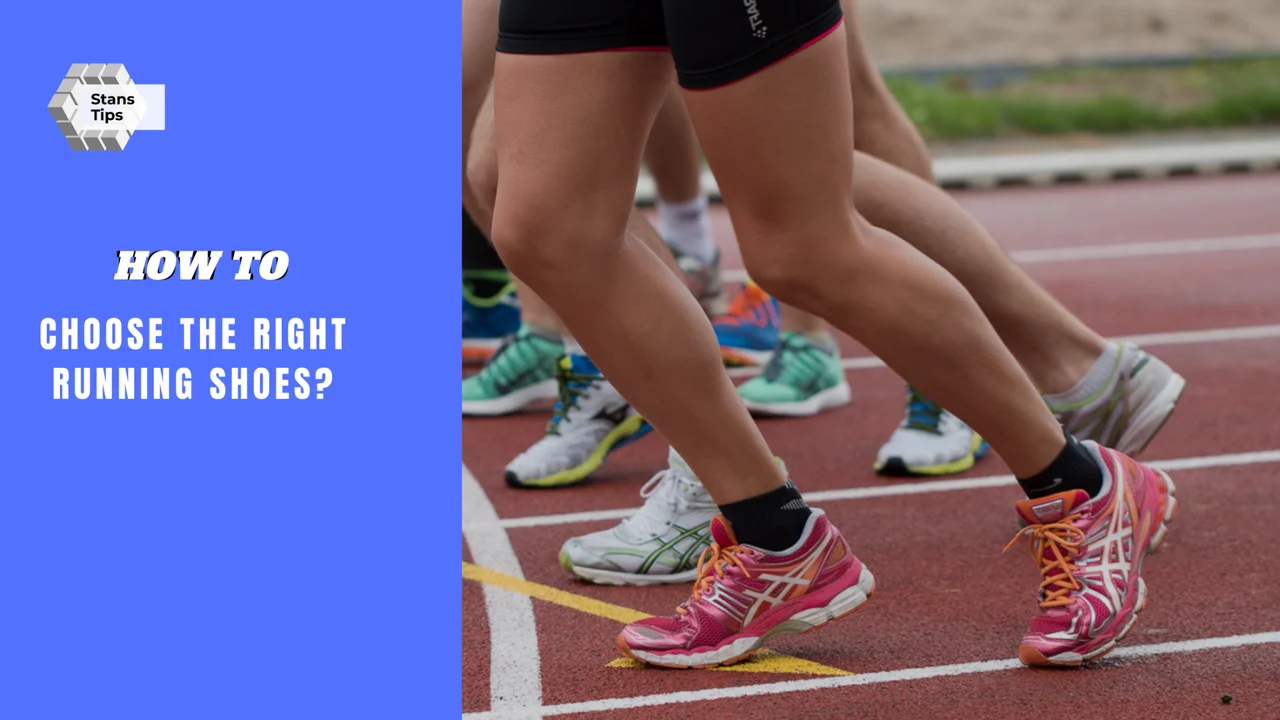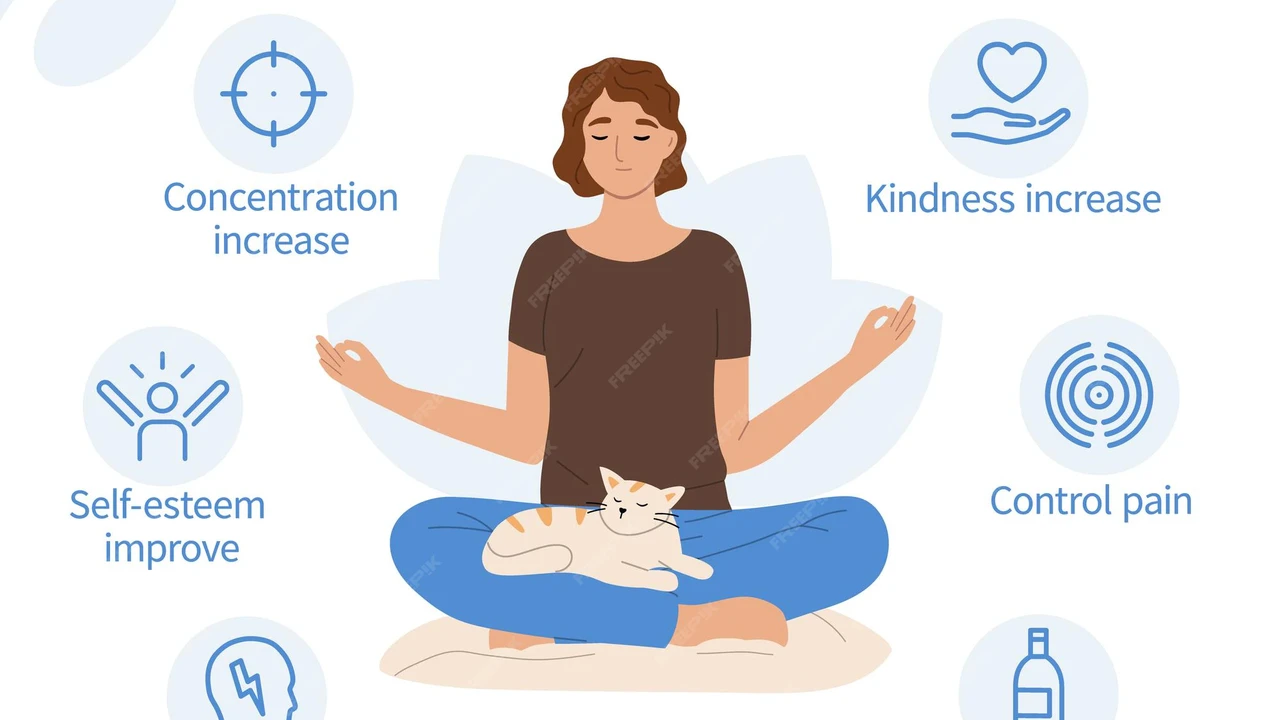The Benefits of Intermittent Fasting for Weight Loss
Sample meta description.

Intermittent Fasting 101: Understanding the Basics (Weight Loss, Fasting Schedules, Energy Balance)
Okay, so you've heard the buzz about intermittent fasting (IF) and weight loss. It's not a diet, per se, but more of an eating pattern. Instead of focusing on what you eat, you focus on when you eat. Think of it as scheduling your meals, not restricting them entirely. The most popular methods involve daily time-restricted feeding or fasting for longer periods, like 24 hours, once or twice a week. The core idea is to create periods where your body isn't constantly processing food, allowing it to tap into stored fat for energy. This can lead to weight loss, improved insulin sensitivity, and a whole host of other potential benefits. But remember, it's all about energy balance. If you're stuffing yourself with pizza during your eating window, you probably won't see the results you're hoping for.
The Science Behind the Success: How IF Works for Weight Management (Metabolism, Hormones, Fat Burning)
Let's get a little science-y for a moment. When you fast, several things happen in your body. Your insulin levels drop, which signals your body to start burning fat. Human growth hormone (HGH) levels may increase, which can help preserve muscle mass. And cellular repair processes, like autophagy, get a boost. Autophagy is like your body's cleaning crew, removing damaged cells and regenerating new ones. All of these things contribute to a more efficient metabolism and increased fat burning. Think of it as giving your body a chance to reset and optimize its functions. It's not magic, but it's pretty darn cool.
Popular Intermittent Fasting Methods: Finding the Right Fit for You (16/8 Method, 5:2 Diet, Eat-Stop-Eat)
There are several different ways to approach intermittent fasting. Here are a few of the most popular:
- The 16/8 Method: This is probably the most common and easiest to stick to. You fast for 16 hours each day and restrict your eating window to 8 hours. For example, you might eat between noon and 8 pm, then fast until noon the next day.
- The 5:2 Diet: With this method, you eat normally for five days of the week and restrict your calorie intake to around 500-600 calories on the other two non-consecutive days.
- Eat-Stop-Eat: This involves fasting for a full 24 hours once or twice a week. For example, you might eat dinner on Monday and then not eat again until dinner on Tuesday.
The best method for you will depend on your lifestyle, preferences, and goals. Experiment and see what works best. Don't be afraid to adjust things as you go. The key is consistency.
Real-World Benefits Beyond Weight Loss: Improved Health Markers (Blood Sugar, Cholesterol, Brain Health)
While weight loss is a major draw for many, intermittent fasting offers a range of other potential health benefits. Studies have shown that IF can improve blood sugar control, which is especially beneficial for people with type 2 diabetes or insulin resistance. It may also help lower cholesterol levels and improve other heart health markers. And there's growing evidence that IF can boost brain health, potentially protecting against neurodegenerative diseases like Alzheimer's. It's important to note that research is ongoing, but the early results are promising. Always consult with your doctor before making any significant changes to your diet or lifestyle, especially if you have any underlying health conditions.
Potential Downsides and How to Avoid Them: Addressing Common Concerns (Hunger, Energy Levels, Muscle Loss)
Intermittent fasting isn't for everyone, and it's important to be aware of the potential downsides. The most common complaint is hunger, especially in the beginning. This usually subsides as your body adapts to the new eating pattern. You might also experience low energy levels, especially during your fasting periods. To combat this, make sure you're staying hydrated and getting enough electrolytes. Some people worry about muscle loss while fasting, but this can be minimized by eating enough protein during your eating window and incorporating resistance training into your workout routine. If you have a history of eating disorders, are pregnant or breastfeeding, or have certain medical conditions, intermittent fasting may not be right for you. Again, talk to your doctor.
The Ultimate IF Meal Plan: What to Eat During Your Eating Window (Nutrient-Dense Foods, Portion Control, Hydration)
What you eat during your eating window is just as important as when you eat. Focus on nutrient-dense foods like fruits, vegetables, lean protein, and whole grains. Avoid processed foods, sugary drinks, and excessive amounts of unhealthy fats. Portion control is also key. Just because you're allowed to eat during a specific time frame doesn't mean you can go wild. Pay attention to your body's hunger cues and eat until you're satisfied, not stuffed. And don't forget to stay hydrated. Drink plenty of water throughout the day, especially during your fasting periods.
Intermittent Fasting and Exercise: Optimizing Your Workout Routine (Timing, Fueling, Recovery)
Intermittent fasting can be combined with exercise to enhance your results. The best time to work out depends on your personal preferences and goals. Some people prefer to exercise before breaking their fast, while others find it easier to work out after eating. Experiment and see what works best for you. If you're working out intensely, you may need to adjust your fueling strategy. Consider having a pre-workout snack or drink to provide energy. And don't forget to prioritize recovery. Get enough sleep, eat a balanced meal after your workout, and consider using supplements like protein powder or creatine.
Intermittent Fasting for Women: Addressing Unique Considerations (Hormones, Menstrual Cycle, Fertility)
Women may need to approach intermittent fasting differently than men. Hormonal fluctuations can affect how women respond to fasting. Some women find that IF disrupts their menstrual cycle or affects their fertility. If you're a woman considering intermittent fasting, it's especially important to listen to your body and adjust your approach as needed. Start slowly, pay attention to your symptoms, and don't be afraid to take breaks when necessary. Some women find that shorter fasting periods or skipping fasting during certain phases of their cycle works best.
Intermittent Fasting Supplements: What to Consider (Electrolytes, Protein Powder, Appetite Suppressants)
While not essential, certain supplements can be helpful for intermittent fasting. Electrolytes, such as sodium, potassium, and magnesium, can help prevent dehydration and muscle cramps, especially during longer fasting periods. Protein powder can help you meet your protein needs, especially if you're struggling to get enough from food alone. Some people also use appetite suppressants to help control hunger during fasting periods, but these should be used with caution and only under the guidance of a healthcare professional. Always research supplements thoroughly and choose reputable brands.
Product Recommendations for Intermittent Fasting Success: A Detailed Guide (Electrolyte Powders, Protein Bars, Water Bottles)
Okay, let's talk products! Here are a few recommendations to make your IF journey smoother. Remember to always check the ingredient list for added sugars or artificial sweeteners, especially during fasting periods.
Electrolyte Powders for Optimal Hydration (LMNT vs. Redmond Re-Lyte)
Staying hydrated is crucial. Plain water is great, but sometimes you need a boost of electrolytes. Two popular options are LMNT and Redmond Re-Lyte.
- LMNT: This is a zero-sugar electrolyte drink mix with a focus on sodium, potassium, and magnesium. It's known for its salty flavor and is a favorite among keto and low-carb dieters.
- Uses: Replenishing electrolytes after a workout, preventing dehydration during fasting, and alleviating keto flu symptoms.
- Comparison: LMNT has a higher sodium content than Redmond Re-Lyte. Some find the salty taste intense.
- Price: Around $45 for 30 packets.
- Redmond Re-Lyte: Made with Redmond Real Salt, this electrolyte mix provides a balanced blend of electrolytes and trace minerals. It's naturally sweetened and has a milder flavor than LMNT.
- Uses: Daily hydration, supporting athletic performance, and maintaining electrolyte balance during IF.
- Comparison: Re-Lyte has a more subtle flavor and a wider range of trace minerals. It's a good option for those sensitive to high sodium levels.
- Price: Around $35 for 30 packets.
Protein Bars for Convenient Fueling (RXBAR vs. Perfect Bar)
When your eating window opens, you want something quick, easy, and nutritious. Protein bars can be a lifesaver.
- RXBAR: These bars are made with a few simple ingredients, like egg whites, dates, and nuts. They're high in protein and fiber and free of artificial sweeteners and gluten.
- Uses: Post-workout recovery, a quick and healthy snack, and curbing hunger between meals.
- Comparison: RXBARs have a chewier texture and a more natural taste than many other protein bars. They're also relatively low in sugar.
- Price: Around $25 for a box of 12.
- Perfect Bar: These bars are refrigerated and made with whole food ingredients, like nut butter, honey, and dried fruits. They're high in protein, healthy fats, and fiber.
- Uses: A satisfying and nutritious snack, a meal replacement on the go, and a source of sustained energy.
- Comparison: Perfect Bars are higher in calories and fat than RXBARs. They have a richer, more decadent flavor.
- Price: Around $30 for a box of 12.
Water Bottles for Staying Hydrated (Hydro Flask vs. Yeti)
A good water bottle is essential for staying hydrated throughout the day.
- Hydro Flask: Known for its double-walled vacuum insulation, Hydro Flask keeps drinks cold for up to 24 hours and hot for up to 12 hours. It's durable, leak-proof, and comes in a variety of colors and sizes.
- Uses: Keeping water cold during workouts, traveling, and everyday activities.
- Comparison: Hydro Flask is lighter than Yeti and comes in more color options.
- Price: Around $30-$50, depending on size.
- Yeti Rambler: Yeti Ramblers are also known for their excellent insulation and durability. They're made with stainless steel and feature a double-walled vacuum design.
- Uses: Keeping drinks cold or hot for extended periods, especially in outdoor settings.
- Comparison: Yeti is heavier and more rugged than Hydro Flask. It's a good choice for those who need a bottle that can withstand rough handling.
- Price: Around $30-$50, depending on size.
These are just a few suggestions, and the best products for you will depend on your individual needs and preferences. Do your research, read reviews, and experiment to find what works best!
:max_bytes(150000):strip_icc()/277019-baked-pork-chops-with-cream-of-mushroom-soup-DDMFS-beauty-4x3-BG-7505-5762b731cf30447d9cbbbbbf387beafa.jpg)






